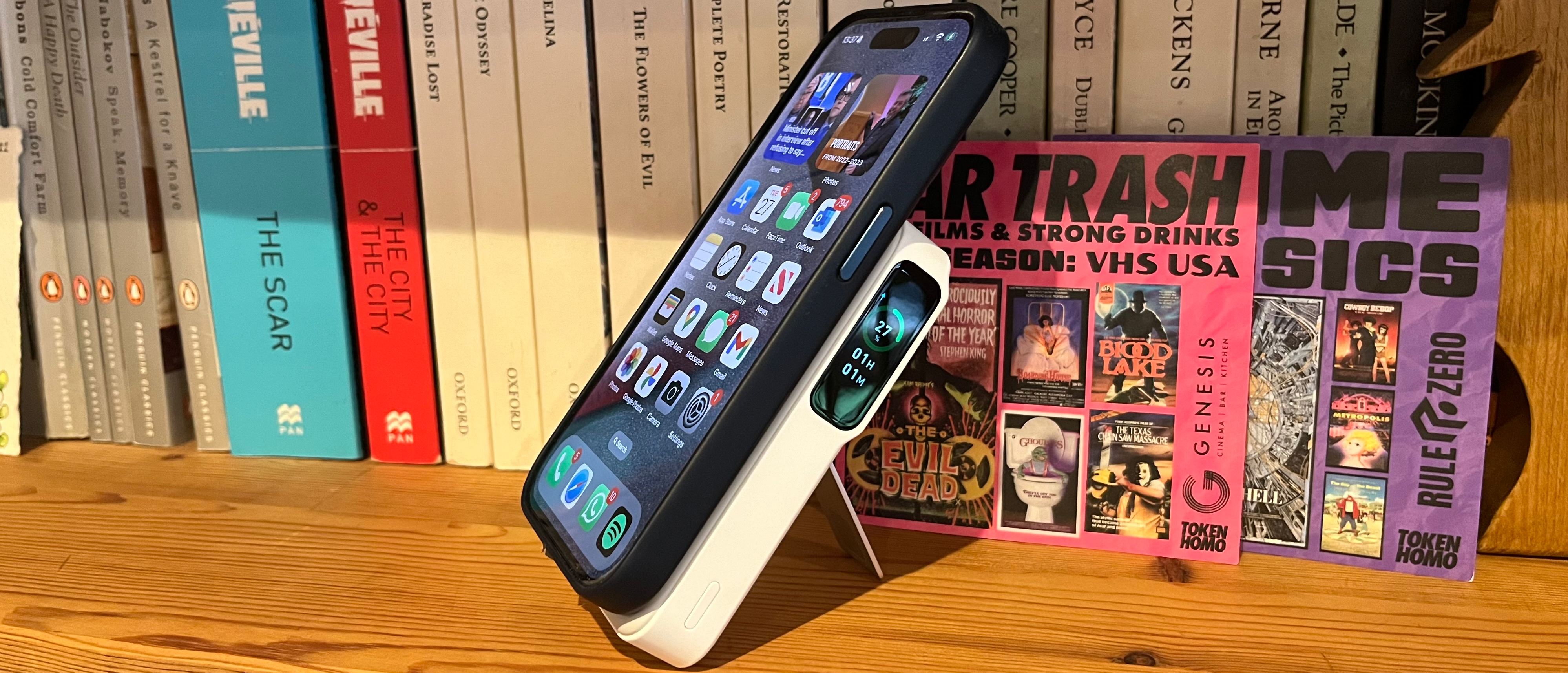iMore Verdict
Anker’s MagGo Power Bank (10K) offers premium features that do well to justify its high price tag. Fast charging, a handy display and a kickstand elevate it above the competition.
Pros
- +
Fast charging
- +
Useful display
- +
Kickstand is great for StandBy mode
Cons
- -
Gets quite hot
- -
Premium pricing
- -
A bit chunky for smaller iPhones
You can always trust iMore.
The ease with which a MagSafe power bank can top up your iPhone battery makes them some of the most handy accessories to pair with Apple’s smartphones. Just magnetically snap one to the back of your phone and let that battery juice flow.
In the past though, the trade-off for that convenience has been trickle-slow charging speeds. But the introduction of the Qi2 standard changes that, finally allowing for a 15W charging speed over a magnetic connection, effectively doubling how fast you can refill your handset’s onboard battery over the older 7.5W standard.
The new Anker MagGo Power Bank (10K) is one of the first portable chargers to take advantage of this new capability. It’s a pricier option, but a rich feature set makes it worth the added expense.
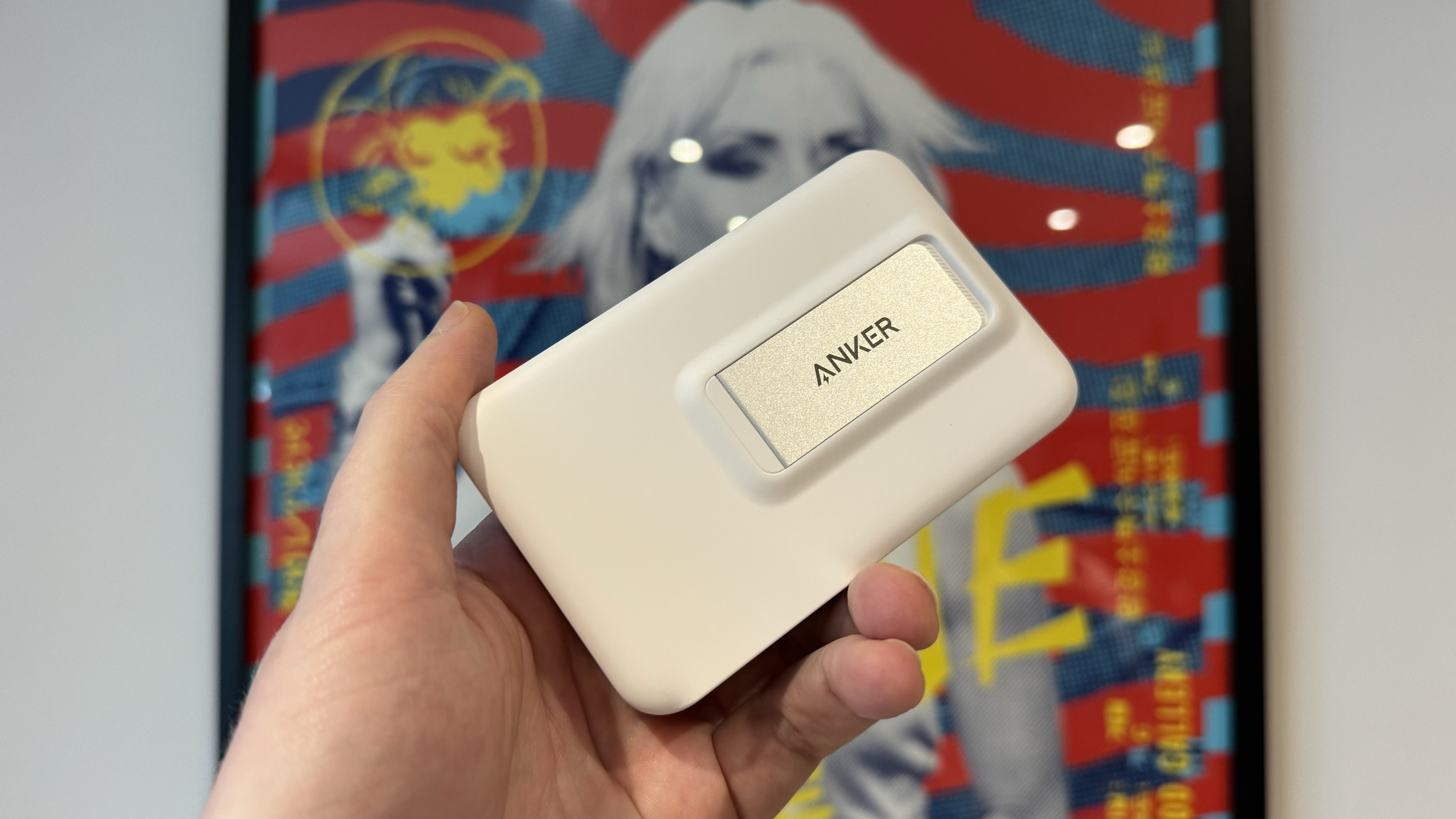
Price and Availability
The Anker MagGo Power Bank (10K) is priced at $89.99 / £89.99, and will hit shelves in April 2024. Pre-orders are open now.
It’s a little pricier than portable battery packs with similar capacities, but its Qi2 speedy charging certification and onboard display help justify its cost — especially when compared to Apple’s now discontinued official MagSafe power bank option, which felt spartan in terms of features despite its own high-end price tag.
What I like
Qi2 charging takes everything great about MagSafe, and improves upon it. With Qi2 support, the Anker MagGo Power Bank can charge magnetically at twice the speed of MagSafe (15W versus 7.5W), while also being an open standard — if you’ve got, say, an Android handset that supports wireless charging, this battery pack will work with it too.
As such, you’re able to take a dead iPhone 15 Pro and fill its battery to a quarter-full in just over 20 minutes — roughly twice as fast as older wireless power banks. A dedicated chip onboard the charger makes sure this is done safely too, monitoring temperatures and adjusting charge rate near-constantly. With a 10,000mAh capacity, the power bank is just shy of being able to recharge an iPhone 15 Pro fully twice over.
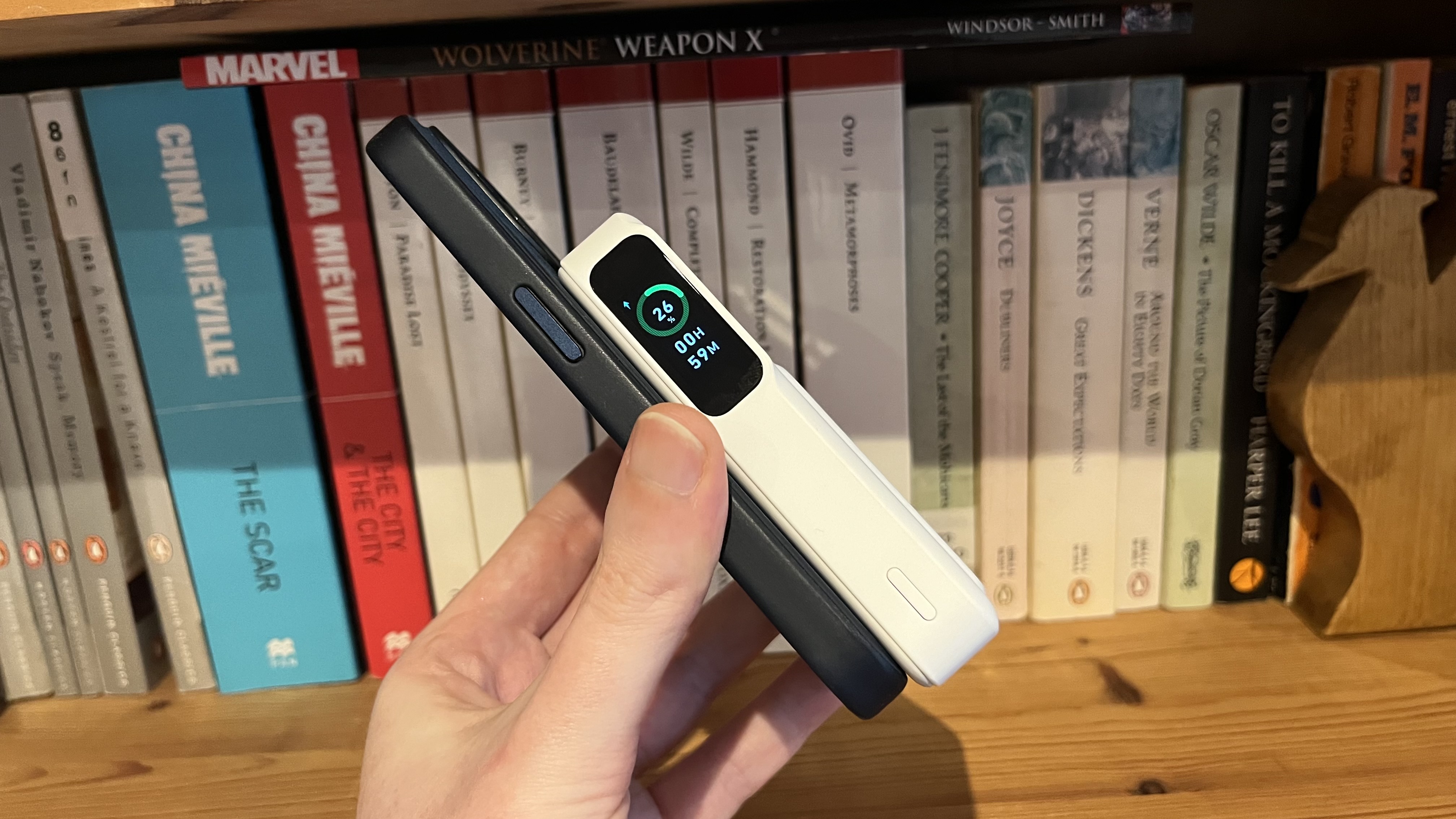
Should you need an even speedier charging method, the onboard USB-C port is available. It’s used not only to refill Anker’s battery, but can provide a wired charging connection up to 27W for devices that support the speed. Anker states that’s good for restoring an iPhone 15 battery to 60% capacity in 30 minutes, and that played out, more-or-less, in our testing too. It also lets you perform pass-through charging — filling your MagSafe-connected iPhone up while also refueling the battery itself from the wall.

It’s an attractive device as far as power banks go, with a lightly textured plastic finish in either black or white. The USB-C port sits on the bottom right edge, with a power button on the opposite left side. That left side also houses a vertical display, which is incredibly handy — not only does it tell you how much juice is left in the battery, but it’ll also estimate how long it’ll take to bring your connected device to full power. It just takes a few seconds for the estimate to settle based on your device, and then you’re all set. It’s a great feature that we’d have on all our charging devices if possible.
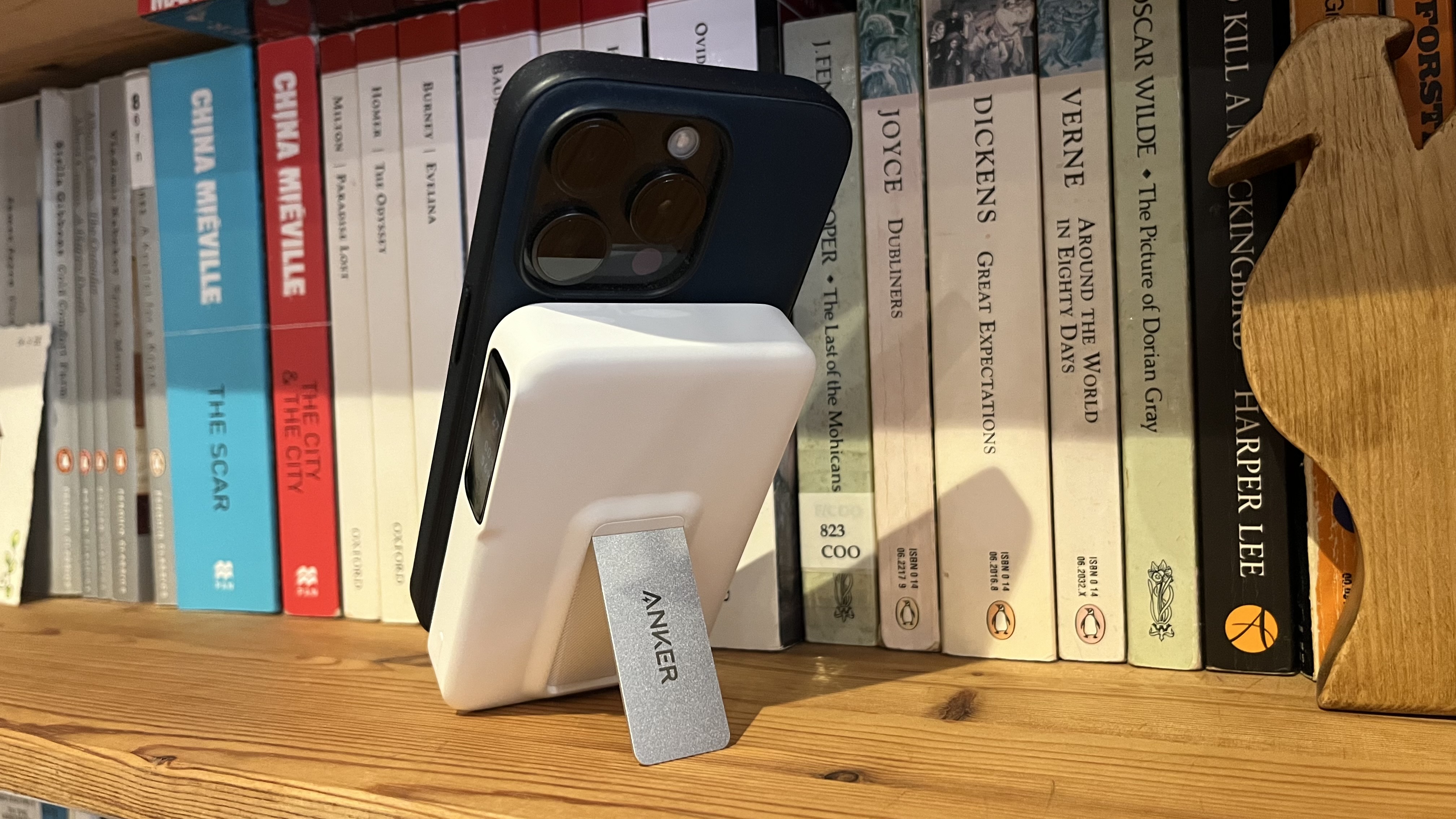
Sitting flush with a raised lip on the backside is a chrome kickstand that can be flipped out. With it, you can prop your iPhone up for easy access and a better view — or even connect your phone magnetically to the power bank in a horizontal orientation to take advantage of StandBy mode. Just note that you can’t use the kickstand with the battery itself placed in landscape orientation — the battery must stand upright, or the battery’s own weight will make it collapse.
What I don’t Like
My biggest gripe with the Anker MagGo Power Bank (10K) is its size. It’s chunky at 107.3mm x 68.8mm x 19.8mm, and quite heavy in your pocket at 250g. But the same can be said for many battery packs of similarly capacious capacity.
The bigger issue for me is that it feels too large to comfortably house the smaller iPhones in the range. With my iPhone 15 Pro equipped with the official FineWoven case, for instance, Anker’s battery pack hangs just a little over the bottom of the handset. It’s no deal breaker, but the design will be more easily accommodated by the larger iPhone 15 Pro Max, for instance.
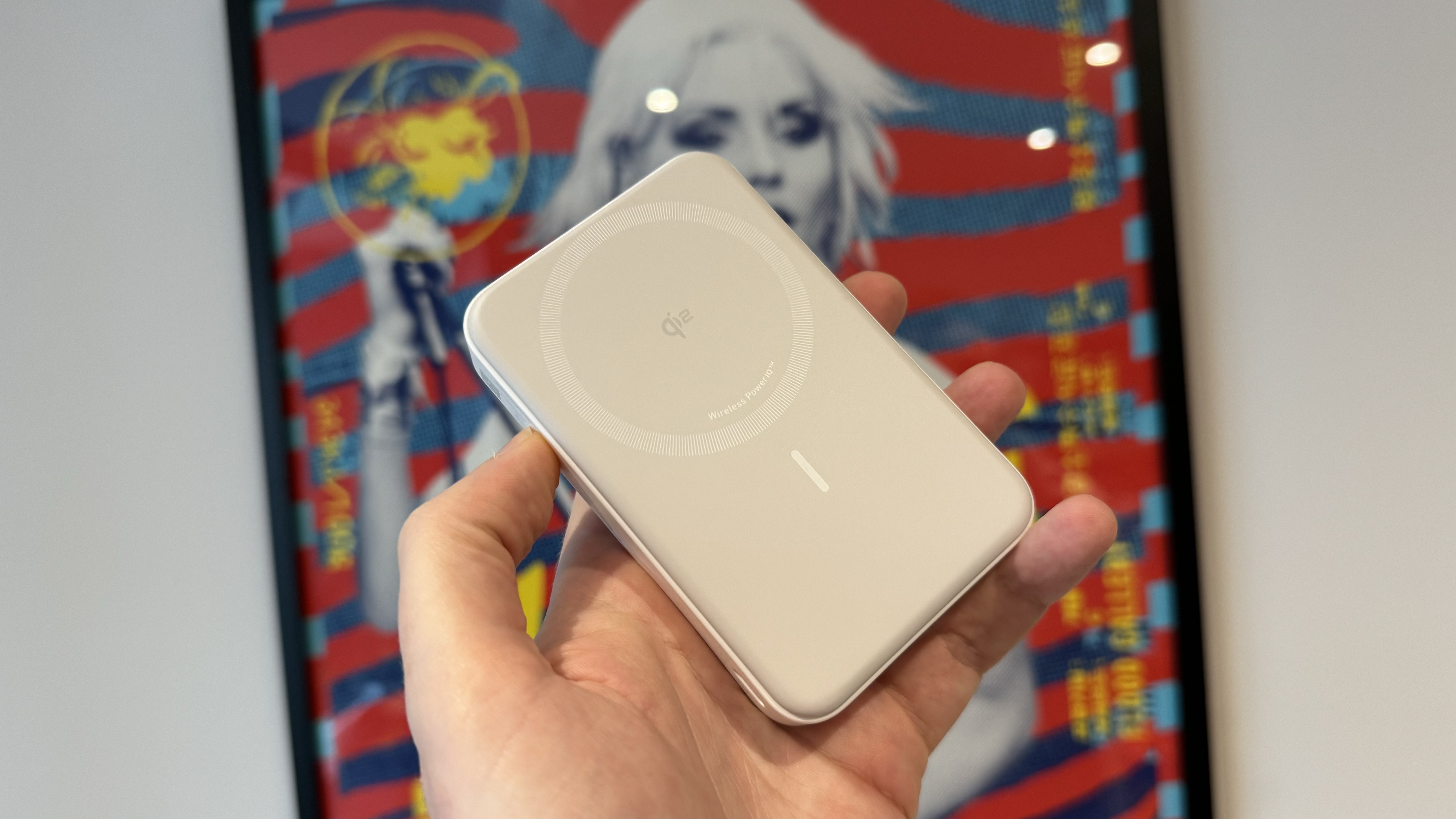
The battery pack also gets quite hot when in use, too. That’s not unusual, nor unsafe, but rather a standard byproduct of the charging process. Anker’s latest model isn’t even the worst offender in this regard that I’ve tried, but you’ll quickly notice it heating up in your pocket, which can be disconcerting at times.
Finally, there’s the price. You’ll get similar capacity battery packs for half the price — though they’re admittedly less feature-rich than Anker’s offering. However, one of the benefits of the Qi2 standard was thought to be its open nature, which would eventually drive the price of such products down. In these early days of Qi2, it seems Anker is still able to charge a premium by virtue of being one of the first to market. In time, expect similar feature sets from other brands, driving the cost down — so if you don’t need a Qi2 charger today, it may be worth waiting to see what comes a little further down the line.
Competition
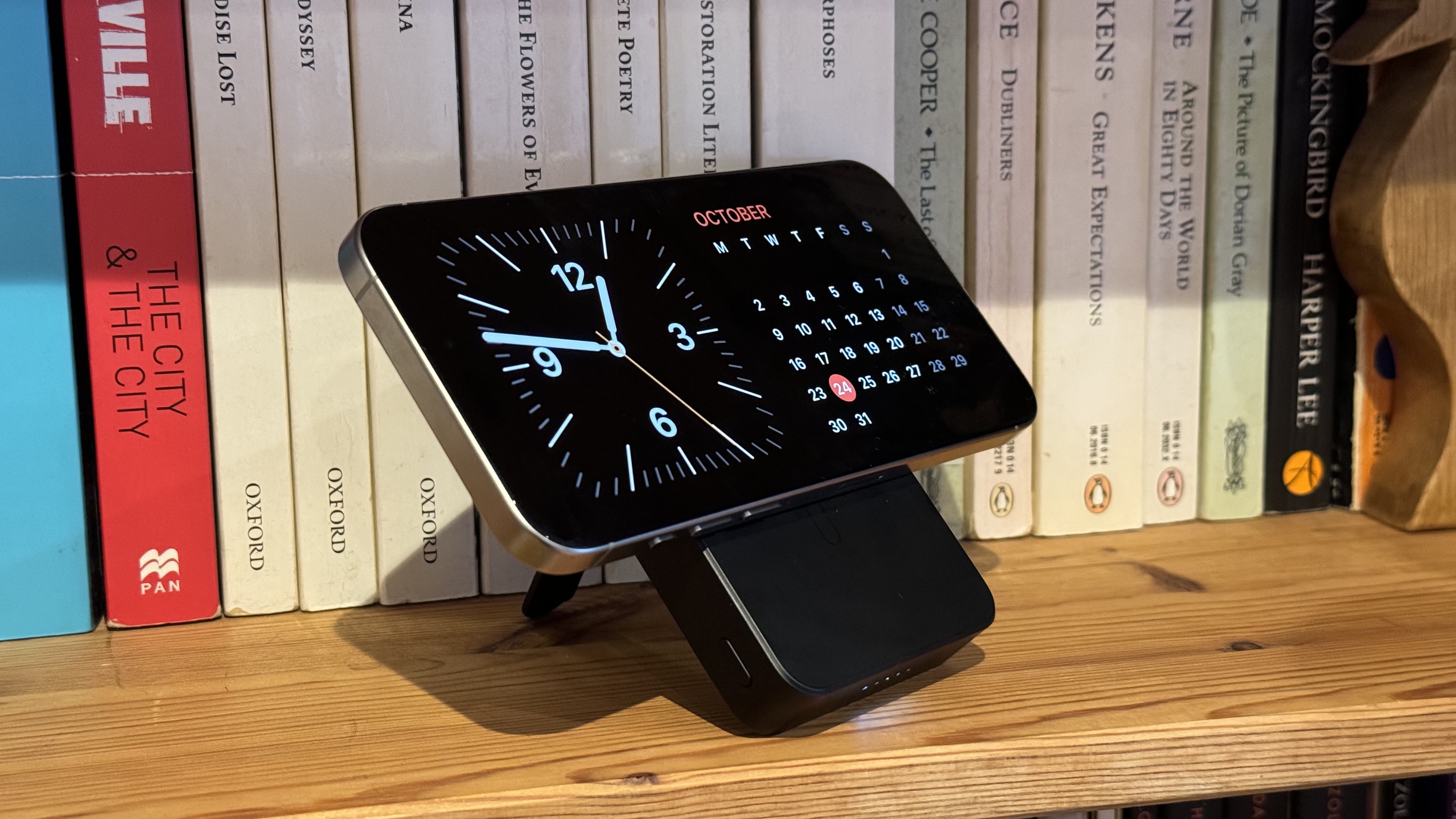
If you’re after a similarly sized charger with a kickstand, the ESR HaloLock Kickstand Wireless Power Bank is a great performer, and a fair deal cheaper than Anker’s offering. It’s able to cut the price as it lacks the onboard display and Qi2 certification — but maintains the 10,000mAh capacity.
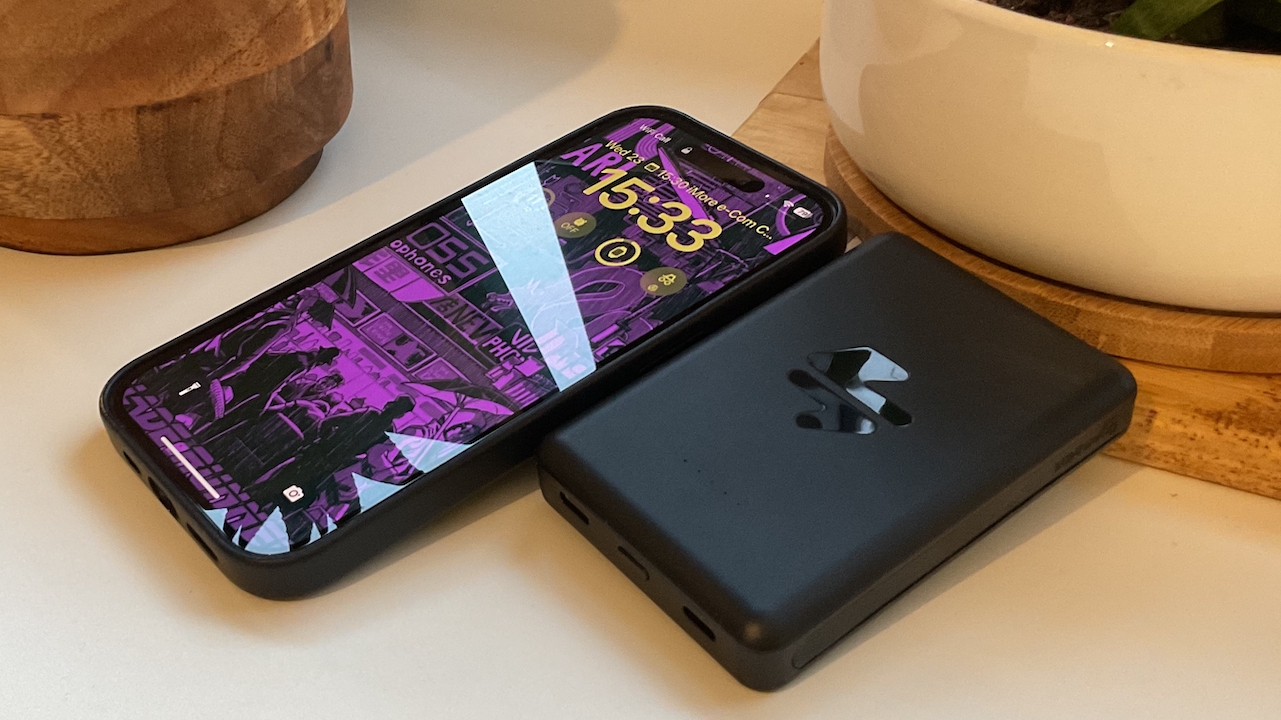
For something smaller, look at the Ampere Jetpack. It’s smaller in terms of both physical size and capacity, but that makes it more pocketable — I’d recommend it over Apple’s own more expensive official MagSafe pack.
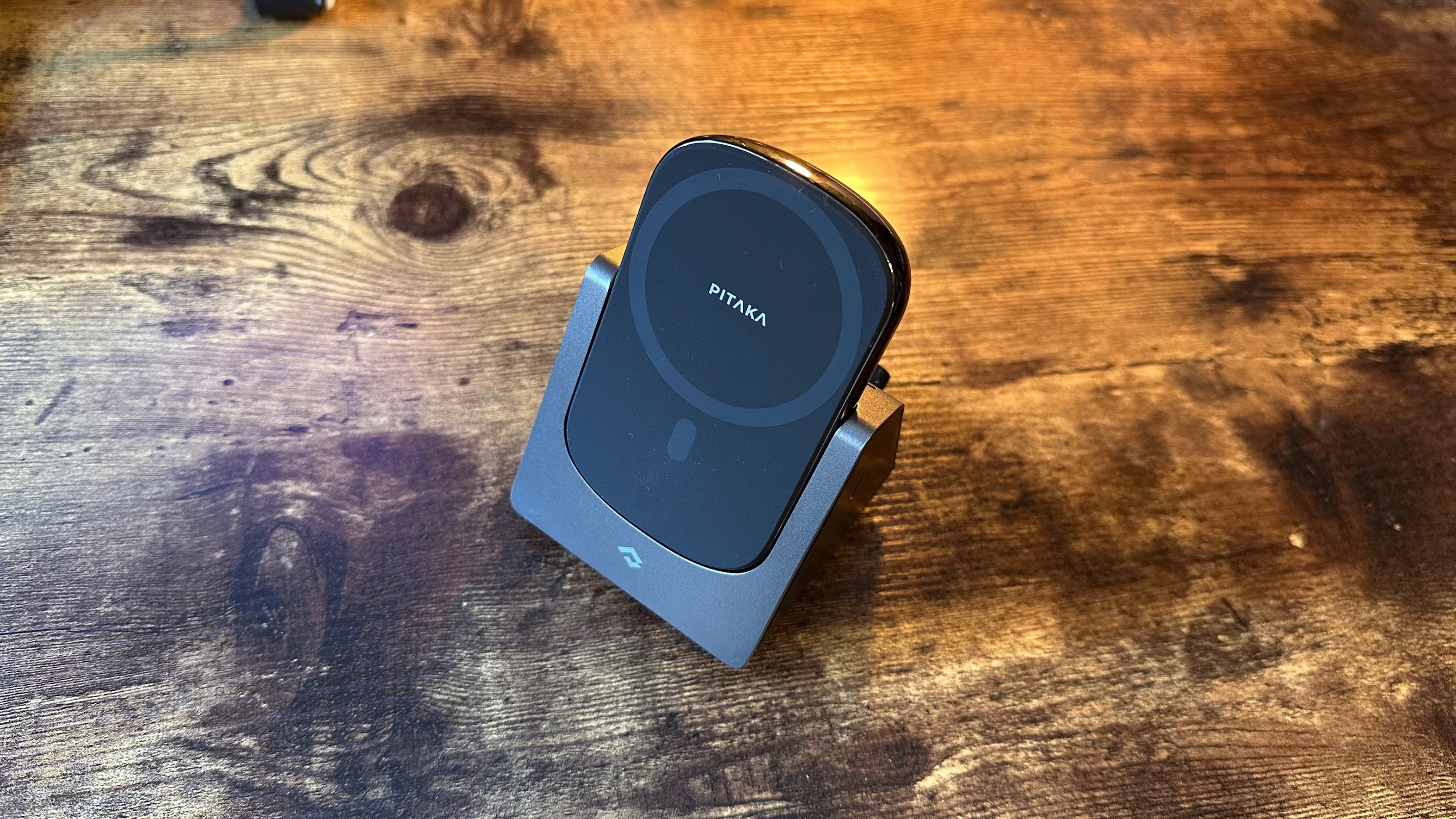
If you’re after something really special though, check the Pitaka MagEZ Slider 2. Combining MagSafe battery pack, desktop charging dock, and wireless AirPods charger in one device, it’s a really versatile charging device. It comes at a premium ($129) but the flexibility of its extra features make it worth the expense.
Should you buy it?
You should buy this if…
- You push your iPhone’s battery to its limits during the day
- You like to know exactly how much power you’ll have left away from a wall socket
- You like the flexibility of being able to prop up your iPhone while charging it.
You shouldn’t buy this if…
- You don’t have a MagSafe iPhone
- You want a slimline power bank
- You’d rather save money over additional features like the display
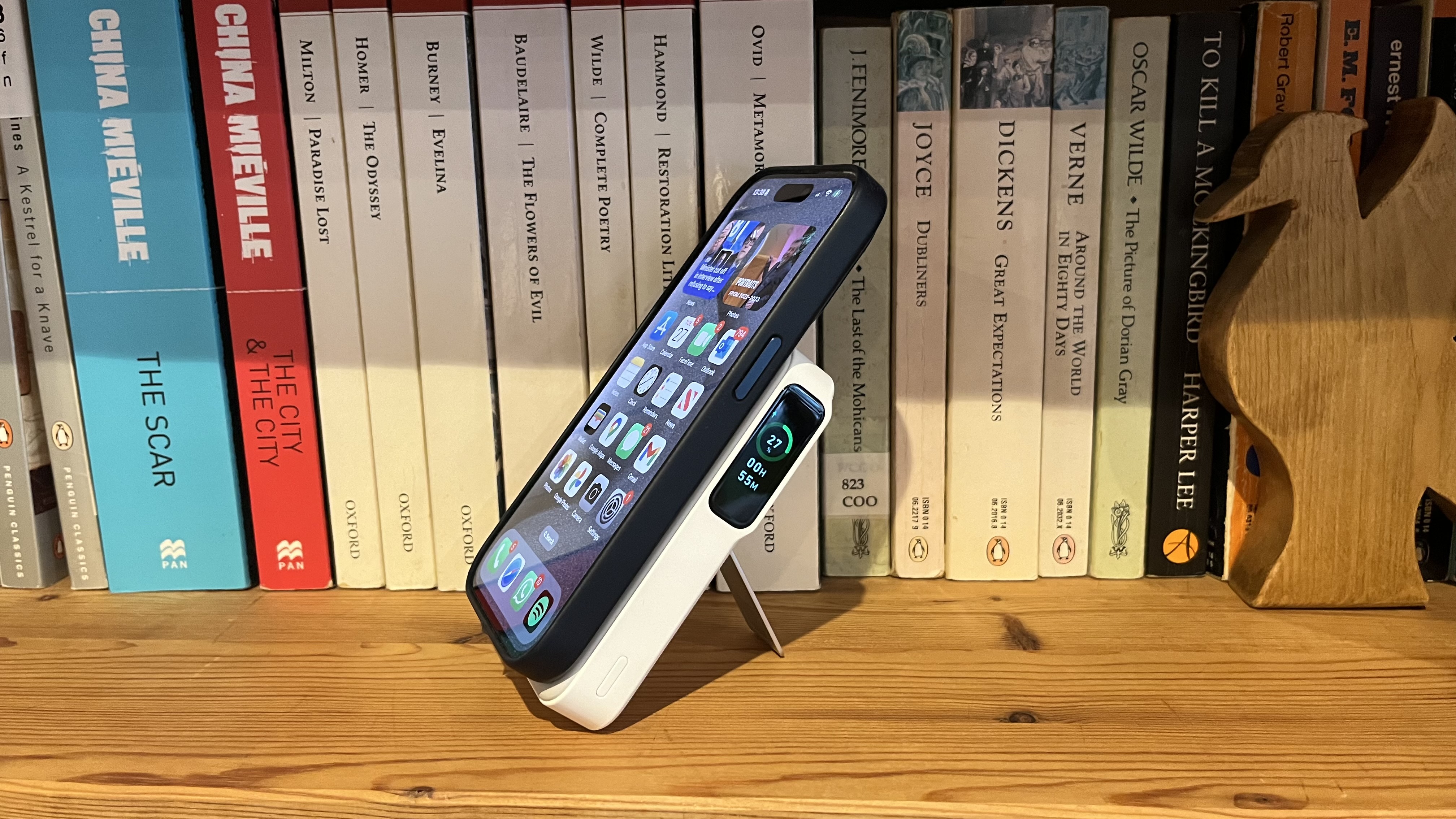
Verdict
With some sensible bells and whistles to prop up the core Qi2 speedy charging lure, the Anker MagGo Power Bank (10K) quickly ascends the ranks of the best portable battery packs for iPhone. Easy to use, with a handy kickstand and informative screen, it’s hard to think of what could be added to make it better.
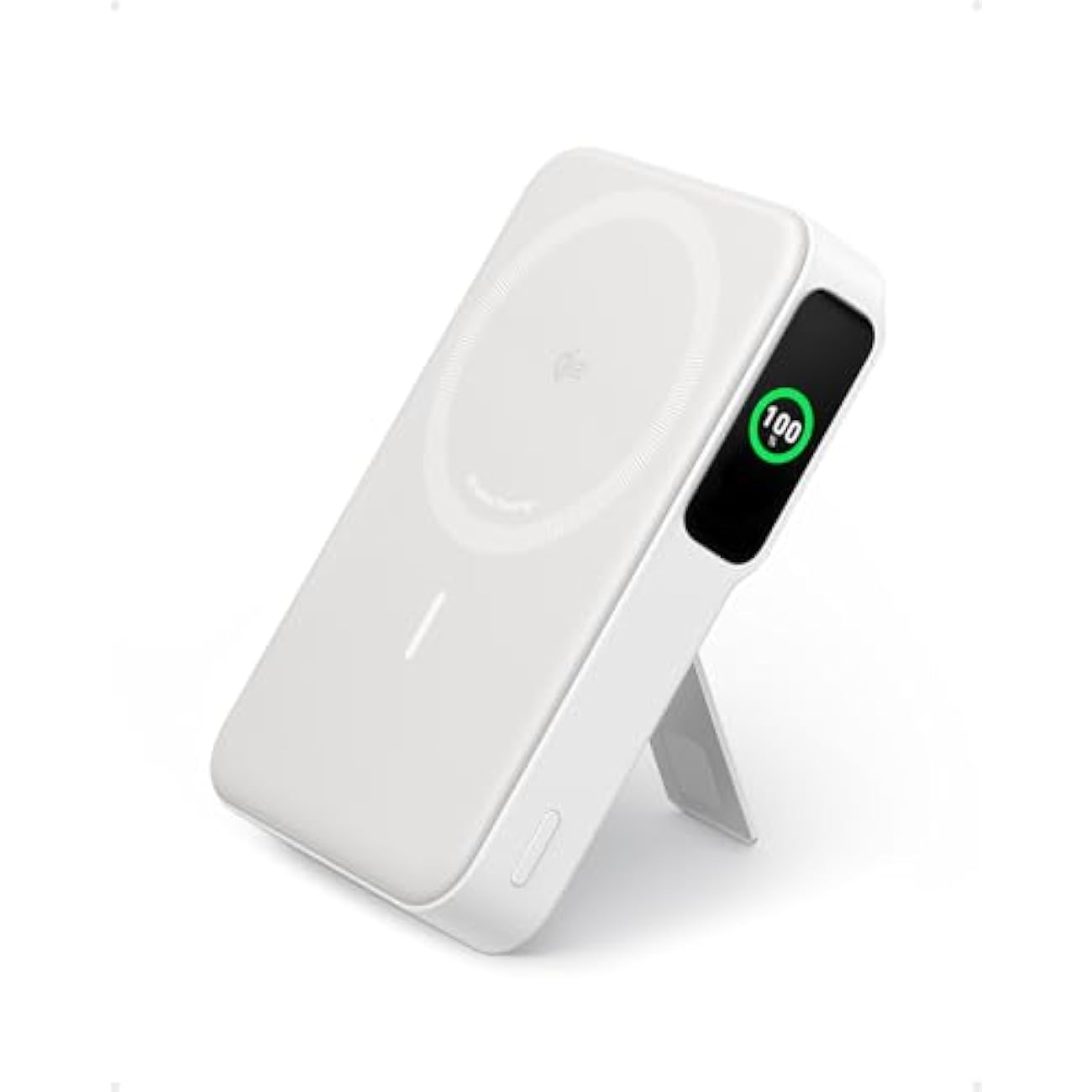
Bottom line
The Anker MagGo Power Bank (10K) is one of the best portable battery packs on the market thanks to its speedy charging, informative screen and handy kickstand.

Gerald Lynch is the Editor-in-Chief of iMore, keeping careful watch over the site's editorial output and commercial campaigns, ensuring iMore delivers the in-depth, accurate and timely Apple content its readership deservedly expects. You'll never see him without his iPad Pro, and he loves gaming sessions with his buddies via Apple Arcade on his iPhone 15 Pro, but don't expect him to play with you at home unless your Apple TV is hooked up to a 4K HDR screen and a 7.1 surround system.
Living in London in the UK, Gerald was previously Editor of Gizmodo UK, and Executive Editor of TechRadar, and has covered international trade shows including Apple's WWDC, MWC, CES and IFA. If it has an acronym and an app, he's probably been there, on the front lines reporting on the latest tech innovations. Gerald is also a contributing tech pundit for BBC Radio and has written for various other publications, including T3 magazine, GamesRadar, Space.com, Real Homes, MacFormat, music bible DIY, Tech Digest, TopTenReviews, Mirror.co.uk, Brandish, Kotaku, Shiny Shiny and Lifehacker. Gerald is also the author of 'Get Technology: Upgrade Your Future', published by Aurum Press, and also holds a Guinness world record on Tetris. For real.
